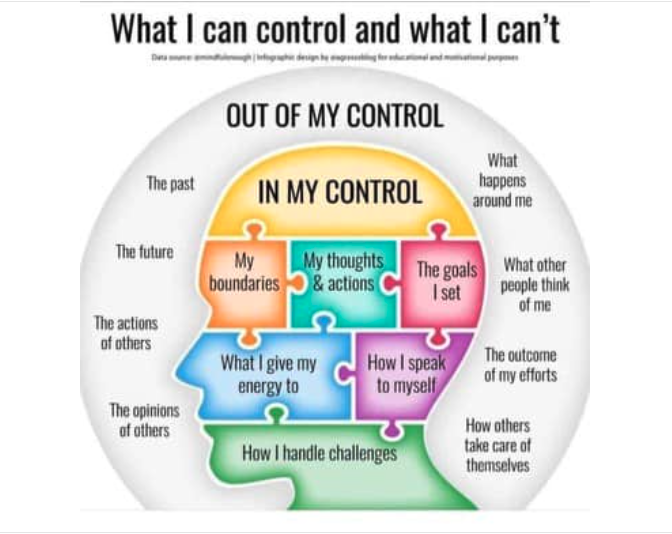
Mental Models that Make Sense (and help us!)
I came across the picture in this article from a friend and I really like the message it sends. I gave it to my 3 daughters and shared it on social media because I think it has a very positive message for all of us. It also reminded me of an important lesson I learned several years ago that I hope will help you as well called the SCARF model.
Around 10 years ago I was introduced to David Rock who is the CEO and Founder of the NeuroLeadership Institute. He has done some pretty cool research about how the mind can work in your favor, or against you, in your daily life and work. One of the most powerful models I have ever seen is his SCARF model. Below I share the basics of this model, and how it has impacted my life.
First are two studies that came up with groundbreaking insights:
- A physical threat is exactly the same as a social threat to the mind. In other words, being chased by a lion or a fear of public speaking evoke the same brain response. Our brain cannot distinguish between the two. It turns out the saying "sticks and stones will break my bones, but words will never hurt me" is actually 100% false. The brain doesn't distinguish between getting physically assaulted or being verbally assaulted. (Liberman and Eisenberger 2009)
- Our ability to make decisions, solve problems, and collaborate are significantly impacted depending if we are in a threatening environment or if we are in a welcoming environment. Our mind works for us if we are welcomed, and against us if we are being threatened. (Elliot 2008).
So, why does this all matter and what can we do about it? Turns out David Rock did the homework to pull this all together by coming up with a simple model he called the SCARF model. See the images below for a definition of the model.


A "toward" state is one that creates energy, warms us up, and gives us a positive vibe. An "away" state is one that taps energy, dulls our senses, and wants us to walk away from.
This model is really good at helping me understand my emotions and feelings in social and professional settings. It makes me stop and think before I act. It also drives my behavior in how I work with others, how I work with my team and the kind of environment I want to create. Some key questions I ask myself related to the 5 parameters in the SCARF model:
- Am I rewarding and recognizing people around me enough? Do I have a health self-image of my own status in the world?
- Do I communicate clearly enough to create a sense of certainty for my team? Am I dealing with uncertainty in my life in a healthy and constructive way?
- Do I control the things I can control? COVID sure took away a lot of autonomy in our lives, but now that it's normalizing do I have things in a healthy perspective?
- Am I building trusting relationships? Am I personally trustworthy?
- Am I fair, transparent, and consistent in how I deal with things in my life?
I'm reminded of 2 life hack's that help us make good "SCARF" decisions. The first is the E+R=O model I've written about previously. Event+Reaction=Outcome. (Make sure you stop and think about your reaction for every event you face). Secondly, is the Zig Ziglar quote:
“You are what you are and you are where you are because of what has gone into your mind. You change what you are and you change where you are by changing what goes into your mind.” ― Zig Ziglar
For more information on the SCARF model and David Rock's work at the NeuroLeadership Institute please see the link below:
Understand your social brain - the SCARF model | NeuroLeadership Institute Finland
Thank you for reading The River, and if you have enjoyed it please subscribe to receive notification of future articles. Please help spread the word by sharing The River with your network with an encouraging word asking others to check it out. A special thank you to those of you who have posted comments to share your experience and advice. I'm grateful as these interactions inspire me, and I'm certain they help others in their journey as well.
Principal Software Engineer at John Deere
1yThis model resonates with me so well! Thanks for sharing! And the SCARF was so transformational for me. I learned of it only 5 years ago and could have benefited from it much earlier in my career!
Transition + Purpose-Centered Coach / Connector + Cross-Pollinator / Gardener + Herbalist
1yLove learning the new acronym!
Enterprise Tech Talent & Training Solutions @ GA
1yTony D. Thelen thank you for sharing this, especially in today's climate it's worth bookmarking!
Engineering | Engine and Genset Manufacturing
1yTotally agreed. 👍👍
So true!! Great information and reminder.